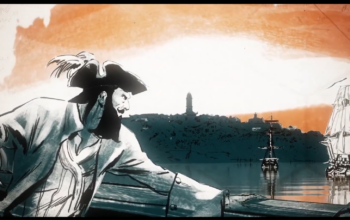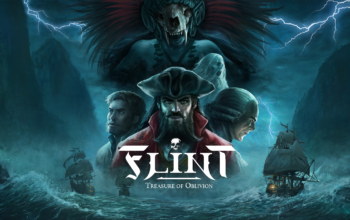A swashbuckling adventure with a gripping storyline and high-stakes, strategic turn-based combat awaits in Flint: Treasure of Oblivion!
The title of “pirate” is a legendary one. While today it may mean a simple thief or criminal, the word is steeped in ancient legends and folktales of high-seas adventures of both terror and heroism. Flint: Treasure of Oblivion from developer Savage Level is a game which puts you in the boots of the titular Captain James Flint as he sails the seven seas on a grand adventure. It begins, however, on the brink of disaster.
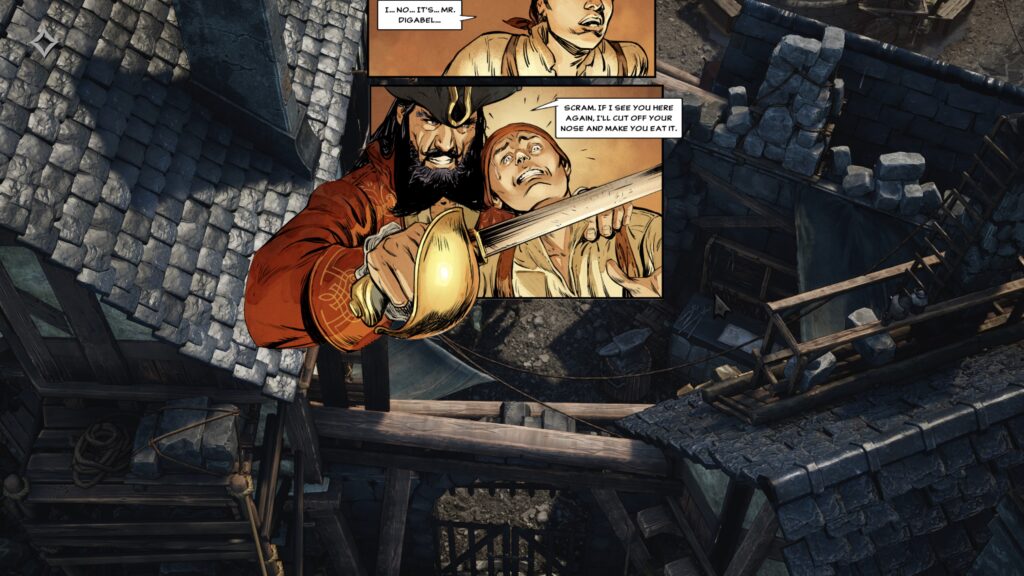
The storyline of Flint: Treasure of Oblivion is nothing short of excellent. While Captain Flint may begin the tale marooned on a raft, so hungry that he takes a bite of his best friend and first mate Billy Bones, it quickly catapults into a memorable high-seas epic when they’re found by a passing ship. You’ll soon be able to recruit a crew of your own with a ship to begin a grand adventure after finding a diamond on a dying old man during a prison escape.
The game is chock full of interesting twists and turns backed by memorable characters such as Billy Bones and Long John Silver backed by an eerie mysticism that always keeps you thinking about the next twist. There’s also a few choices Flint can make during the course of his journey, though few add up to more than some bonus loot. A lack of a quicksave and quickload option on the PS5 gives some added tension to these decisions, however, since you may need to play an entire chapter over again if there wasn’t a recent checkpoint to load up from. By the end of the game, you’ll have your favorites from a vast cast of characters, though these may be defined by their performance in battle over their involvement in the story.
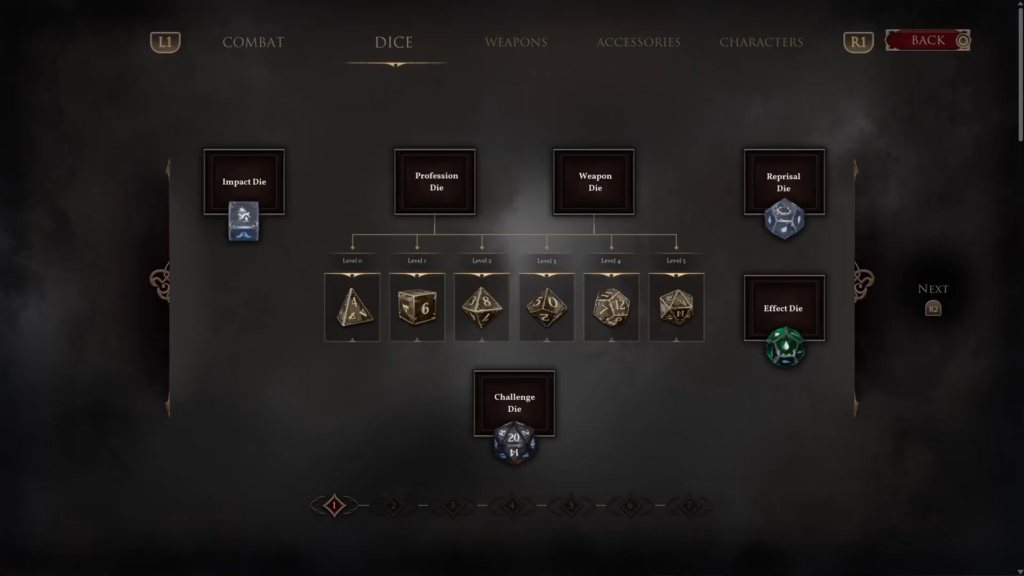
Combat is turn-based and strategic. Akin to Baldur’s Gate 3, you’re able to do a wide variety of actions with each character you decide to bring with you. These include pushing enemies to force them to move, leveraging mundane interactive elements on the battlefield to win, along with more familiar attacks and abilities. The system is layered in D&D style dice rolls that are visible each time they’re rolled for an action. While the dice themselves are familiar 6 to 20-sided RPG dice, their sides are augmented by abilities and perks on the character using them.
This makes each character feel unique and memorable, even if they end up taking a backseat in the story, as few characters share the exact same traits between one another. Certain perks may make characters more deadly by giving them special dice sides, such as instant death or bleeding. It lends itself to the strategic focus of combat as it’s almost always better to have the right stuff for the job rather than trying to brute force through the enemy. Permanent death can also add to this, since each mission has characters that must survive it to continue on to the next. If a character isn’t required to survive and dies, they’ll be gone for good if they weren’t revived during the battle. While you’re able to restart combat at any time and even rethink precombat preparations, it can be deflating to hit that button after a long but ultimately lost battle.
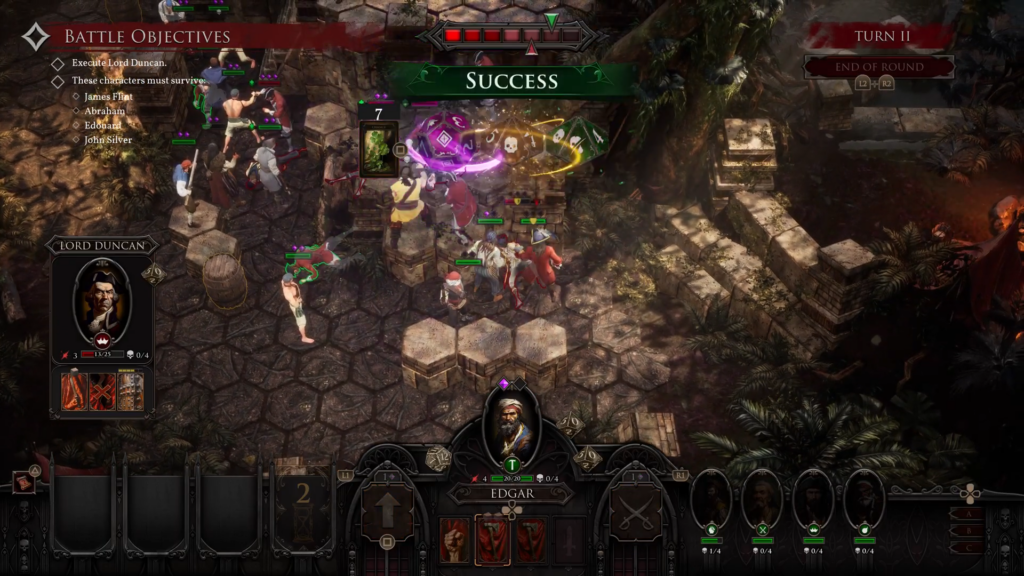
Between fights, you’ll take control of Captain Flint as he roams about a myriad of locales. From dingy royal prisons, to huge galleons, to ancient tribal temples, each varied location makes the scope of the adventure feel huge. The top-down presentation allows the visuals of each locale to feel like their own and while the soundtrack isn’t particularly pronounced, the battle themes are memorable. These sections are also packed with secrets and bonus objectives you can find. While the world itself isn’t open and the levels are linear, each one has just enough hidden items such as locked chests or valuable dice re-rolls to keep things fun. While these elements combine to create an awesome pirate experience, a few missteps hold Flint: Treasure of Oblivion back from greatness.
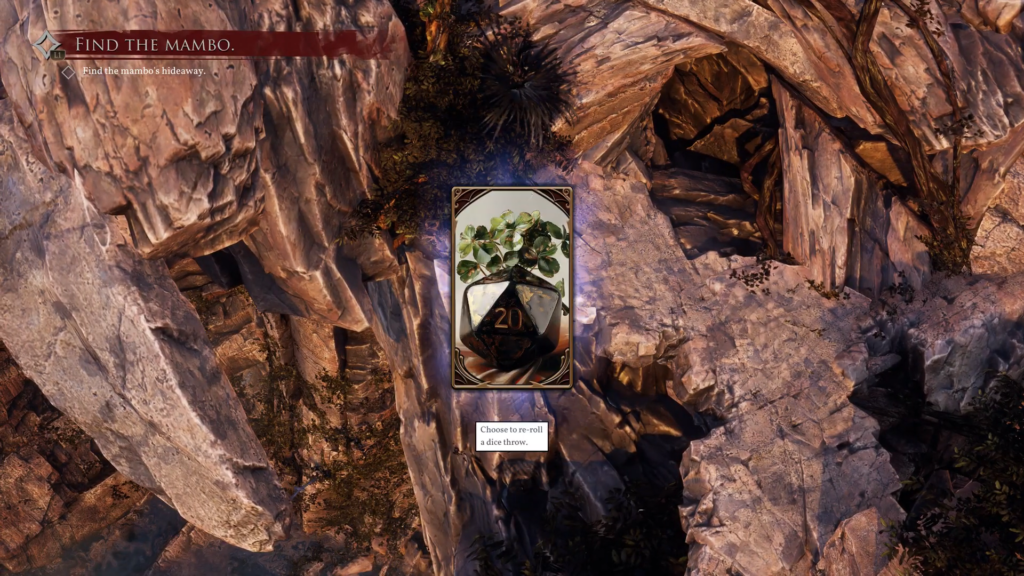
One of these is level design. While the exploration on offer is rewarding, some of the levels feel too complex, such as the first port town, or too claustrophobic, such as the various ships you’ll enter. Combat can also become frustrating, since navigating the movement tiles on the PS5 must be done one by one and often in a slightly different direction than you mean it to go. Tiles also change color to indicate different actions, such as attacking or moving characters, but this can cause the cursor to blend into the background if the colors end up matching. There’s also a lack of a proper playable tutorial and while the in-game rulebook is dense, important information such as character progression and customization systems is locked behind an ultimately clunky presentation.
These complaints add up to nothing more than nitpicks, however, as Flint: Treasure of Oblivion is gripping from start to finish. From the tense and strategic combat, to the secrets hidden in every nook and cranny of each explorable locale, the game perfectly paces its breadcrumb trail to each of its excellent story beats. Every moment is oozing with pirate personality, from the excellently written dialogue presented in beautiful comic book style strips to the brutal stylings of the combat, making it an immersive experience throughout. Even with its flaws, Flint: Treasure of Oblivion is an excellent RPG and is a must-play for genre and pirate fans alike.
4/5
Review copy provided by Homerun PR. Flint: Treasure of Oblivion releases on Steam, Xbox series consoles and Playstation 5 12/17/24.



